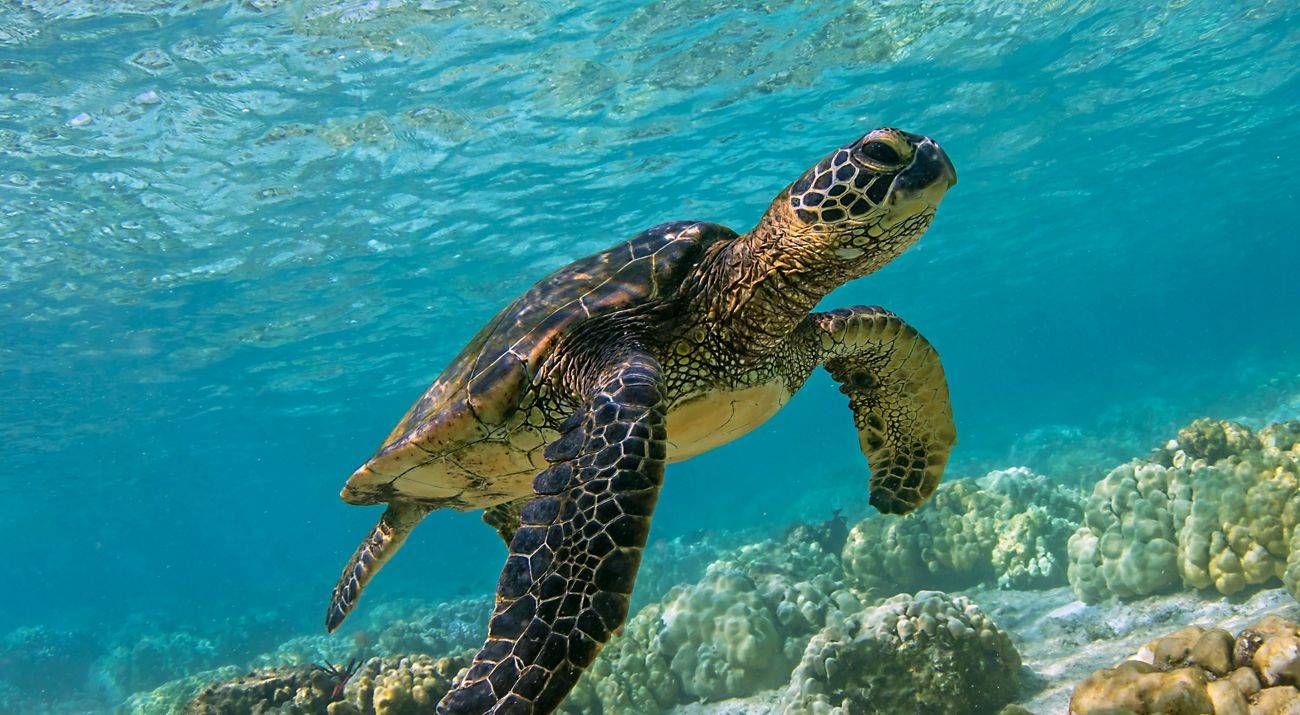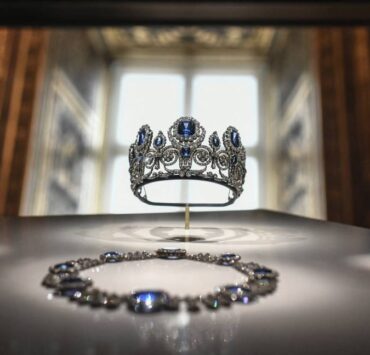How conservation (and VSCO Girls) saved green sea turtles

After years of sipping iced lattes through paper straws and preaching “save the turtles,” we may have finally won.
The International Union for the Conservation of Nature (IUCN) announced this week at its world congress in Abu Dhabi that the green sea turtle has been downgraded from endangered to least concern. Global populations have increased by approximately 28 percent since the 1970s, a testament to decades of conservation efforts and growing environmental awareness.
“The green turtle has improved in status from Endangered to Least Concern, thanks to decades of sustained conservation action,” the IUCN said in a statement.
Online, the news sparked a wave of nostalgia. Social media was flooded with memes celebrating the unlikely heroes of this comeback—the VSCO girls.
For those who didn’t know or didn’t experience it firsthand, VSCO girls were a teen and young-adult subculture that emerged in the late 2010s, named after the popular photo-editing app VSCO. They were known for a distinctive aesthetic, including scrunchies, oversized T-shirts, Hydro Flasks, shell necklaces, and reusable metal or paper straws.
Their “save the turtles” battle cry became a cultural moment, with many swapping plastic for metal or paper straws, reusing cups, and avoiding single-use plastics. While these habits didn’t save the species on their own, they helped normalize sustainable behavior for a generation.
Decades of conservation
Green sea turtles are among the largest sea turtle species, named for the greenish hue of their body fat, which comes from their plant-based diet. They are found across the globe, mostly in subtropical and temperate regions of the Atlantic, Pacific, and Indian Oceans, as well as the Mediterranean Sea.
These marine creatures are known for their remarkable migratory patterns, traveling thousands of kilometers between feeding grounds and nesting beaches. Female turtles exhibit strong site fidelity, returning to the very beaches where they hatched to lay their own eggs. This instinct ensures that new generations emerge in environments likely to support their survival.
Historically, green turtles were hunted for their meat, eggs, and decorative shells, causing severe population declines. Habitat loss, climate change, and pollution further threatened the species. By the 1980s, green turtles were officially listed as endangered.
Since the 1950s, global conservation programs, including turning nesting beaches into protected parks, establishing marine sanctuaries, and enforcing stricter fishing regulations, have been implemented to reverse these declines. Education campaigns have also sought to reduce the number of turtles killed for food and eggs and to raise awareness about the dangers of plastic pollution.
Yet recovery has been slow. Female green turtles take decades to reach sexual maturity, between 20 and 50 years, and nest only every two to four years. Each season, a female lays just a few clutches of eggs, with about two weeks between each nesting. Combined with hunting pressure, pollution, and high demand for eggs, this low reproductive rate made population recovery exceptionally challenging.
Thus, the rebound of green turtles is a major conservation win and serves as a reminder that patient, long-term action can yield measurable results. It also highlights how culture can shape environmental outcomes, showing that public awareness, education, and even viral trends can drive behaviors that support species recovery and ecosystem health.

















